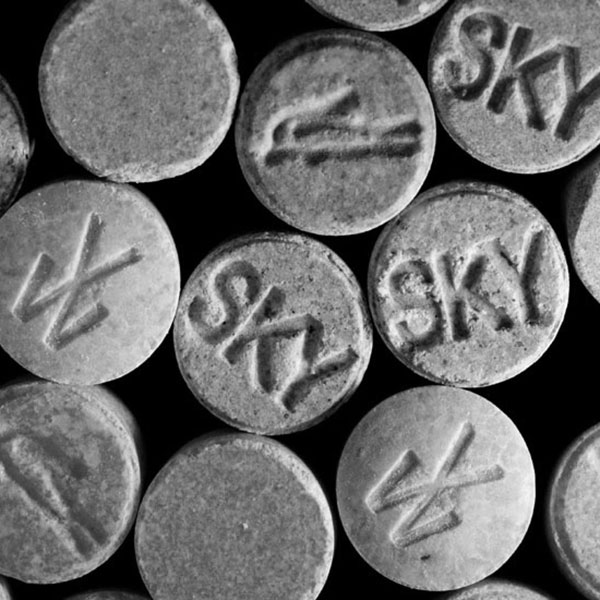Anabolic steroids are synthetically produced variants of the naturally occurring male hormone testosterone that are abused in an attempt to promote muscle growth, enhance athletic or other physical performance, and improve physical appearance. They are available in tablets and capsules, sublingual-tablets, liquid drops, gels, creams, transdermal patches, subdermal implant pellets, and water-based and oil-based injectable solutions.
Testosterone, nandrolone, stanozolol, methandienone, and boldenone are some of the most frequently abused anabolic steroids.
How are they abused?
Steroids are ingested orally, injected intramuscularly, or applied to the skin. The doses abused are often 10 to 100 times higher than the approved therapeutic and medical treatment dosages.
What is their effect on the mind and body?
They have a wide range of adverse effects on the mind and body. Case studies and scientific research indicate that high doses may cause mood and behavioral effects such as:
- dramatic mood swings
- increased feelings of hostility
- impaired judgement
- increased levels of aggression
When users stop taking steroids, they may experience depression that may be severe enough to lead one to commit suicide.
In adolescents, anabolic steroid use can stunt the ultimate height that an individual achieves. In boys, they can cause early sexual development and acne. In girls and women, use can induce permanent physical changes, such as deepening of the voice, increased facial and body hair, menstrual irregularities, male pattern baldness, and lengthening of the clitoris.
In grown men, steroid use can cause shrinkage of the testicles, reduced sperm count, enlargement of the male breast tissue, sterility, and an increased risk of prostate cancer.
In both men and women, they can cause high cholesterol levels, which may increase the risk of coronary artery disease, strokes, and heart attacks.
Source: United States, U.S. Department of Justice, Drug Enforcement Administration. Drugs of Abuse 2015 Edition: A DEA Resource Guide.

